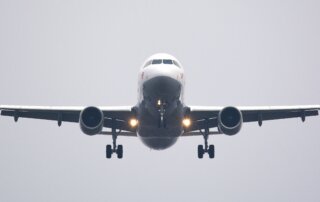The Risk of China’s Nitrocellulose Advantage – And What the US Defense Industrial Base Can Do About It
May 22, 2024Protracted conflict, as seen in today’s kinetic battlefields, demands sustained munition production. The US defense industrial base – and its allied peers – need to demonstrate to those in Beijing, Tehran, and Moscow that the United States can compete in production and re-supply.
Why construction projects are over budget and late—and how to fix them
April 2, 2024The construction industry is deeply broken. To address the problem, we need to prioritize operations management and focus on production instead of administration.
Cooperate or Compete? The Zero-Sum Game of AI Engagement with China
March 26, 2024The United States and China have reportedly reached an agreement to extend the decades-long cooperative framework of the US-China Science and Technology Agreement. That recent move follows Biden [...]
COMAC Comes to Europe: strategic implications of the commercial aerospace battleground
January 11, 2024China co-opted and conquered foreign solar energy and high-speed rail players. Will incumbent aerospace giants fall for the same playbook and spell their own disruption? The question is an existential one, and Western incumbents' survival hinges on weaning off the Chinese market and ceasing cooperation with Chinese players.
The US national innovation base has critical weaknesses. Just look at Starlink.
September 1, 2023To compete with China, the US needs a robust industrial and innovation base, able to withstand attacks on the battlefield and the factory floor. Real American dynamism – and real competitive advantage – stem from credible and sustainable power. Starlink's, and more broadly Elon Musk's, dependence on China underscore the vulnerabilities in current US national defense strategy.
Indium phosphide could be critical to China’s semiconductor ambitions
July 26, 2023Gallium and germanium have stolen the headlines. But indium phosphide warrants attention, too. China is eyeing the compound semiconductor material as an opportunity to shake off dependence on foreign semiconductor technology, and in turn a point of leverage over global semiconductor supply chains.














